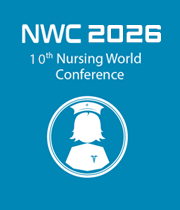Title : Traumatic amputees’ phantom limb pain, coping style and their impact on patient’s quality of life during the recovery phase
Abstract:
Abstract: Objective to improve traumatic amputees’ the experience of phantom limb pain (PLP), enhance patients’ quality of life.
Methods: Based on cross-sectional study, adopting questionnaire survey to evaluate traumatic amputees’ status of PLP, coping styles and quality of life, and clear the relationship between them further.
Result: 89.7% of the patients experience PLP, the average score of the pain intensity was (6.29±3.28). The style of facing it had the highest score among the three coping styles, but lower than national norm’s, and the score of avoiding coping style and yielding coping style were higher than national norm (P<0.01); the total score of quality of life was (57.68±29.63). The correlation analysis of PLP the coping style and quality of life showed the significant negative correlation between PLP and quality of life (r=-0.659, P=0.000), obvious positive correlation between the style of facing it and quality of life ((r=0.391,P=0.007)), significant negative correlation between avoiding coping style (r=- 0.601,P=0.000), yielding coping style (r=-0.709, P=0.000 )and quality of life.
Conclusion: The status of traumatic amputee’s PLP need to be improved further and the positive coping style helps enhance traumatic amputee’s quality of life, prompting us to take measures to control traumatic amputee’s PLP and cultivate patients’ positive coping style.



